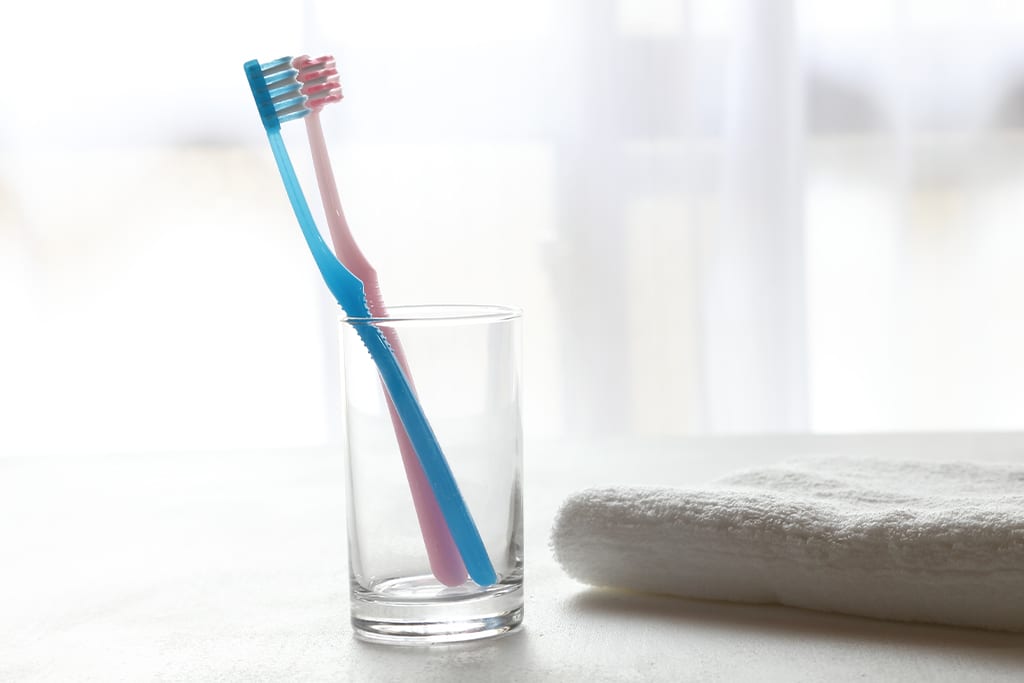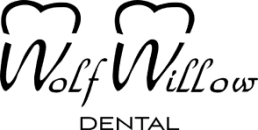
Covid and Flu Season
- Never share toothbrushes.
- Wash Hands Before Brushing Teeth. We know that the virus is transmitted by the hands touching the face or mouth. But we often forget that when brushing our teeth. Develop a routine to wash hands—and then brush, floss, and wash face and hands. Most important: Wash your hands and your child’s hands before brushing. Also, keep their toothbrush clean.
- Clean Toothbrush After Brushing. Rinse Toothbrush in warm water after each use.
- Toothbrush Holders. Toothbrush heads should never touch. Place toothbrushes standing upright in an open container after brushing, store brushes separately in individual holders like a glass/jam jar. Get children to mark their own name with an indelible marker Don’t place down on a countertop or lie on the hand basin. Disinfect containers that hold brushes. Run toothbrushes containers through complete dishwasher cycle or wash in warm water and liquid detergent.
- Put brushes in holders in a safe place. Store toothbrush away from the toilet. Flushing the toilet produces aerosols that can land on your toothbrush, so it is good practice to put the lid down on the toilet before flushing.
- Good Practice with Toothpaste If you are sharing a bathroom, as in a family group, in order to avoid cross contamination from the toothpaste/toothbrush we recommend that you don’t dispense the toothpaste directly onto your toothbrush, dispense it either onto the edge of a plate, with good spacing so that toothbrushes don’t touch each other or onto a clean piece of disposable kitchen towel.
- Practice Social Distancing Brushing your Teeth. It’s always a good idea to have one person at a time at the sink. Bacteria from your mouth enter the air as you brush your teeth. Stand back from others as you brush.
- When Should I change my Toothbrush? Replace Toothbrush if you get Sick Make a new start when you recover from a viral or bacterial infection. Throw out your toothbrush and start with a new one
Stay Safe!

Leave A Comment
You must be logged in to post a comment.